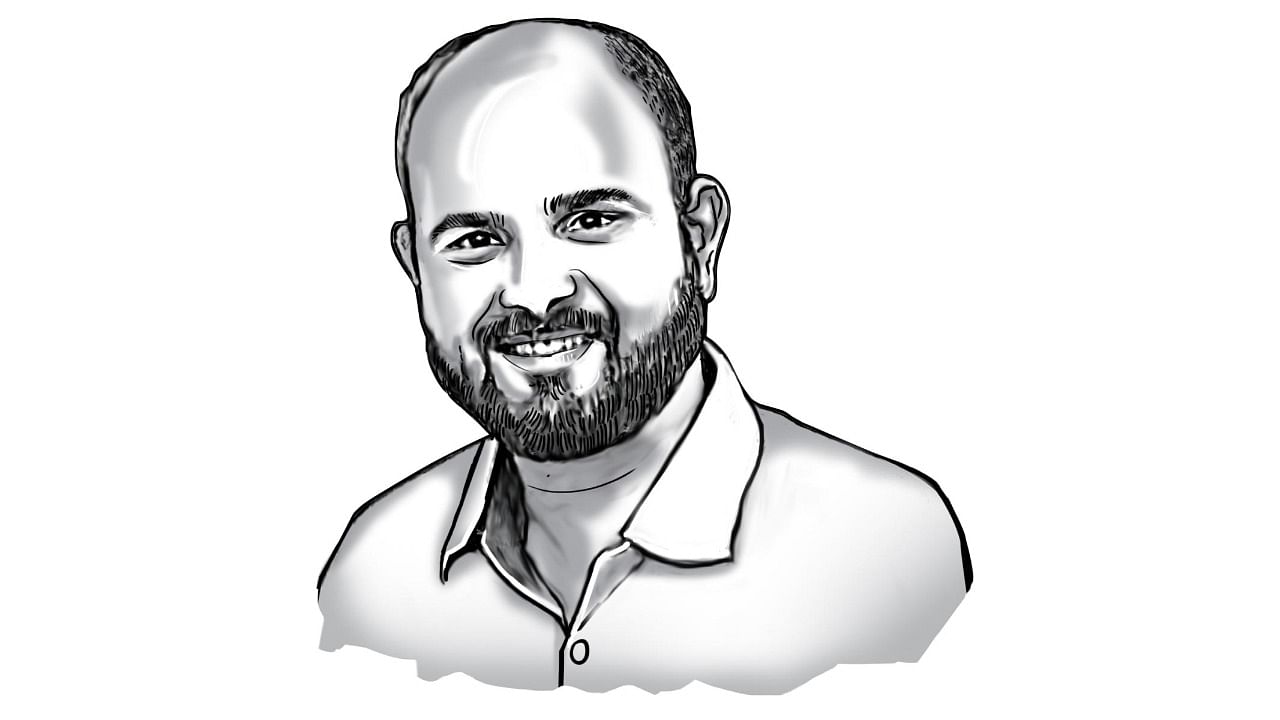
In recent interviews after the publication of the account of his life and a decade in Indian jails, the septuagenarian activist Kobad Ghandy drew a Kafkaesque picture of the criminal justice system and the fate of undertrials, and reserved special attention for India’s truest metaphor for hell, Tihar Jail.
In 2009, the Andhra Pradesh police captured Ghandy and arraigned him on alleged connections with outlawed central Indian Maoists. There were numerous other charges leading to his incarceration and movement from one jail to another through the 2010s. The most heinous charges were proven false. P Chidambaram, the then home minister of the United Progressive Alliance government, said that public discourse must not “romanticise Maoism”. Large parts of mainstream media fell in line.
In light of the April 3 ambush on army jawans in Chhattisgarh, decorated former police officers R K Raghavan and D Sivanandan wrote an essay in a national daily this week underlining the failure of intelligence gathering, policing and State strategy against Maoist bloodletting. They enunciated reasons for the fiascos of negotiation, rapprochement and the use of force. They mentioned the complexity of ushering in “development”. They didn’t utter a word critical of the State.
Both Chidambaram then and these ex-cops now, have, not unlike their political opponents or policing peers, failed to display a whit of nuance in understanding Maoist motivations. They coloured them as Others, and admittedly, very dangerous Others, not as fellow Indians or human beings beset in a social atmosphere that has pushed them over the edge over decades. They didn’t ask: How come, the few means available to them in a ‘democratic’ state are arms? Sure, for making such an argument, this writer will be accused of sympathising with them. But if these Others exist, who is culpable? What makes a set of systemically exploited peoples fight against the Goliath of the Indian State? Is it only due to “ideology” or “revolution”? Really?
Ghandy’s travails make the State and democracy look much worse than the fare that the extremists of central India dish out. Only last week, Uttar Pradesh exonerated the police officers accused of extrajudicially killing gangster Vikas Dubey. In such a country, why wouldn’t people take up arms against the State? In a democracy, how come there are so many groups that are so angry, bitter, and disaffected enough to pick up the gun?
It’s in this context that this writer feels that the State owes Ghandy reparations, and that former home ministers and other leaders should be questioned over their actions. The Ghandy experience proves we have a State that is cruel to dissenters and clumsy with investigations: Brutal on one hand, stupid on the other. In some ways, how different is the Ghandy case from the trumped-up charges of espionage against the space scientist Nambi Narayanan? The latter was given his due damages. What about Ghandy?
We witness such State-sanctioned violence in India every other day in some part of the country or the other because the State mounts huge efforts in demonising legitimate critical voices and groups. So, State force gets normalised. And it’s not just over the last six years: In most such matters concerning the establishment, there isn’t much difference among our largest national parties. Today’s Telangana was formed after a long, sporadically violent struggle. How does the State now explain its past behaviour?
Sometimes I wish State officers were made to read the works of writers like Mahasweta Devi. Some of her short stories like ‘Draupadi’ and ‘Shishu’ offer extremely powerful and unsettling viewpoints that humanise both the adivasi agitators and law enforcers brainwashed into believing the might-is-right mantra of the State. For, there is overwhelming proof that the Indian State’s biggest foe is itself, as it sees the country and its people at the fringes in black and white.